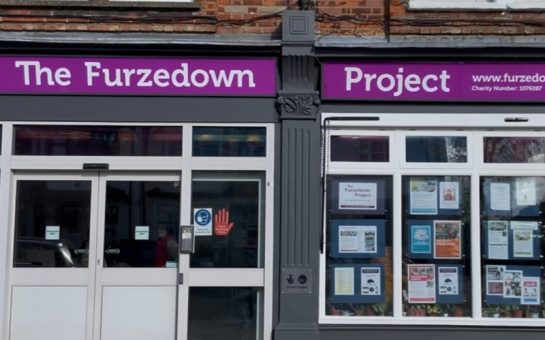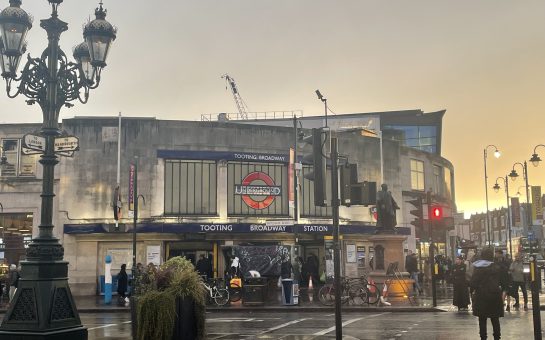In response to toxic levels of air pollution in Wandsworth the council published an Air Quality Action Plan in October 2021.
This was followed by a 12-week consultation period to gain feedback from residents and organisations.
Since declaring a climate emergency in 2019, Wandsworth council has pledged to be carbon neutral by 2030.
Based on the public’s response, this new plan will build on existing measures including improving public transport links and facilities for cyclists and pedestrians, reducing emissions from council buildings, increasing biodiversity, planting trees, and closely monitoring construction sites.
A spokesperson for Wandsworth Council said: “New measures are likely to include a dedicated funding stream for community-based projects, engaging with the community via the Wandsworth Healthy Streets Forum, reviewing air quality hotspots, focusing on vulnerable citizens and improving our monitoring of air quality.”
While the final strategy is yet to be published following the closure of the consultation period, many have openly responded to the proposed Action Plan arguing it does not go far enough in addressing Wandsworth’s poor air quality.
A statement released in December 2021 by The Putney Society, a charity group dedicated to the preservation and enhancement of the local community, pointed out that the current levels of Nitrous oxide on Putney High Street are around six times higher than the limits recommended by the World Health Organisation, and 60% above even the UK legal limit.
While the Action Plan promises that UK legal limits of air pollution will be met in Wandsworth by 2025, The Putney Society claim there is no solid evidence put forward by the council to support this.
Furthermore, the UK legal limit is still four times higher than what the WHO recommends.
Tracey Hanna, local resident and former National Organiser for SERA, Labour’s Environment Campaign, argued that the plan fails to demonstrate enough determination to address what is a major public health issue quickly enough.
Hanna said: “More high-profile public awareness campaigning around the harms associated with poor air quality and such things as the damage idling vehicles cause is needed, alongside a greater promotion of active travel.”
Transport is a major factor in the high levels of pollution in Wandsworth, with the 2021 Healthy Streets Scorecard results showing it to be one of the lower scoring Inner London Boroughs, as a result of inaction on the part of the council.
Fleur Anderson, Labour MP for Putney spoke on the topic of reducing traffic on Wandsworth’s roads, claiming that the council’s Action Plan lacks concrete targets to achieve this.
Anderson said: “We know from asking residents that more people would cycle, but there are two barriers.
“One is safe parking for their bikes and the other is safe cycle routes.
“Although the plan promises an increase in bike hangars, it fails to specify by how much, where or when, and while it plans to expand safe cycle routes, there is no indication of how many kilometers of these per year will be put in”.
According to Anderson, another of the plan’s major faults is its omission of the re-opening of Hammersmith Bridge to traffic.
The bridge has been closed to vehicles since August 2020, which has resulted in a significant number of extra cars traveling along Upper and Lower Richmond Road and Putney High Street each day. This in turn has led to a major increase in congestion and pollution in these areas.
Anderson said: “The people I speak to who live along Richmond Road know all about the rise in pollution because they can feel it in their lungs. We live in an area of dangerously toxic levels which is killing Londoners early.
“I hope that the Council will respond to the feedback to this consultation and I hope to see a final strategy with much more action.”
Image credit: Flickr




